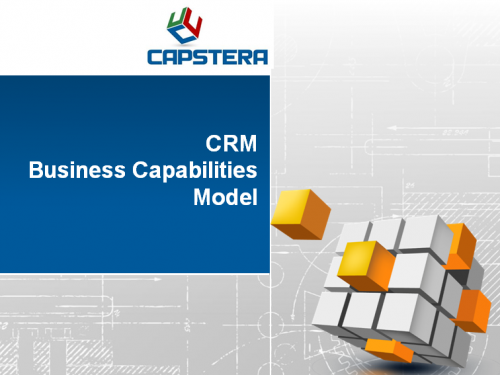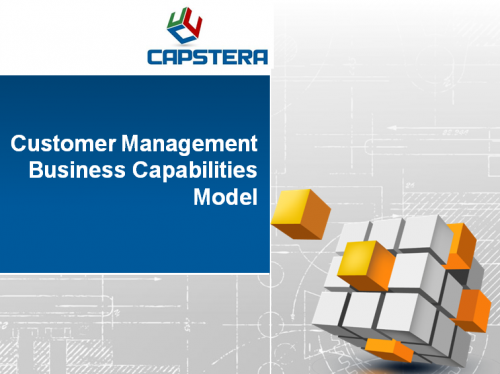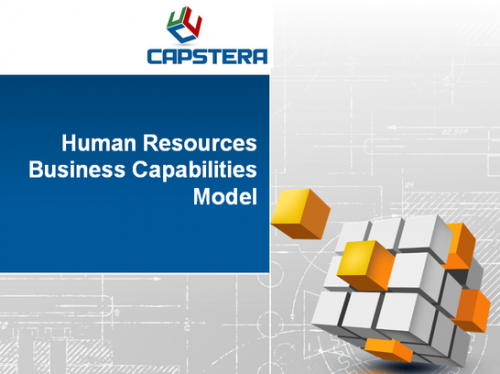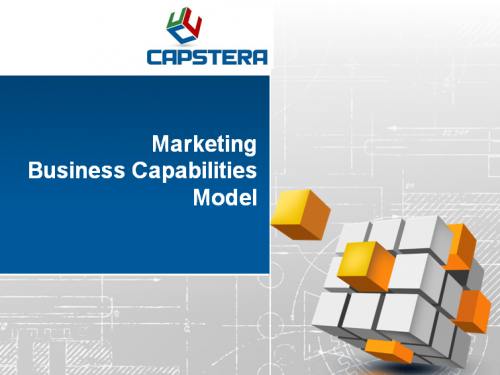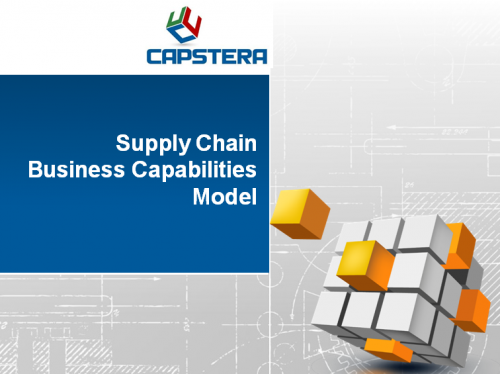Company capabilities or enterprise business capabilities are what a business does and can do and is an encapsulation of end-to-end functions into an abstraction that is agnostic to the underlying process and supporting system. The capabilities of a company are the building blocks of what constitutes the enterprise and are necessary to operationalize the strategic intent and achieve business results.
Not all company capabilities are the same. Not every company needs or has all capabilities. The sector, industry, geography, types of products/services, customer segments, and competitive dynamics are some factors that influence and shape the capabilities a company needs. For example, today’s retailers are desperate for omnichannel capabilities to compete with the e-commerce giants. On the other hand, while online commerce may play a minor role for a B2B (Business to Business) company, digital capabilities that optimize the supply chain – the procure-to-pay value chain – are precious.
Let’s distinguish various concepts:
Company Business Capabilities: In essence, a capability is an articulation of what a company does, not how it does it. (Here are the definitions of capabilities and business architecture.)
Business Process: A business process is a detailed activity of various actors and the flows to consummate a business operation.
Value Streams: Value Streams are high-level stakeholder-oriented flows – a step above detailed process maps – reflecting an outcome.
All of the above are an integral part of the enterprise business architecture.
Company capabilities can be soft capabilities or hard capabilities:
Soft Capabilities Examples:
- Leadership
- Innovation and Transformation
- Culture and Change Management
Hard Capabilities Examples:
- Distribution
- Manufacturing
- Product Design and Development
A company’s business capabilities are of various stripes – Strategic Capabilities, Core Capabilities, Context Capabilities, and Foundational Capabilities. This categorization is of relative importance and value of the capabilities, and the segmentation helps in the level of executive focus and the amount of capital allocation, among other things.

Categories of Company Capabilities:
There are several categories of enterprise business capabilities.
Strategic Capabilities:
Strategic capabilities offer the company a competitive differentiation. These can be existing capabilities that need to evolve or new capabilities a company needs to build/acquire. For example, robust “Corporate Development” and “Merger Integration” capabilities are paramount for businesses embarking on inorganic growth. On the other hand, “Supply Chain Networks” may be a critical factor for manufacturing companies. For others, digital capabilities may be the difference between surviving and thriving.
Core Capabilities: Core capabilities are those that are inherent to the existence of the company. For example, for multi-brand companies like Procter and Gamble or Unilever, a capability such as “Product Management” is core to their existence. On the other hand, for a company like Sharper Image, “Design and Industrial Engineering” are core capabilities. Moreover, for professional services companies, “Recruitment” and “Training” are core capabilities.
Context Capabilities:
Context capabilities are essential capabilities to get things done for a company. The context capabilities constitute the transactional services that typically are under the radar but surface when they do not work well. For example, Finance and Accounting are context capabilities for most companies. This capability becomes an issue when there is a lacuna or a compliance issue. For example, when companies want to improve and reduce the time it takes for the “Close Process” or when a regulatory agency dings its reputation, it becomes a candidate for transformation. (Of course, there are exceptions where companies rely on finance and accounting as strategic differentiator.)
Foundational or Commodity Capabilities:
All other capabilities that offer no significant value but are necessary to the company’s functioning may be deemed Foundational or Commodity capabilities. The essential strategy for foundational or commodity capabilities is to lower the cost of operation, and hence standardization and business process outsourcing become levers for optimization. For example, a commodity capability could be like “Accounts Payable,” where lowering costs and maintaining a steady operation is the value-add.
Occasionally, a company may transform a context capability into a core or strategic capability. For example, for most retail businesses, distribution and warehousing were context capabilities. Still, Walmart and, more recently, Amazon have made it their core capability to reduce delivery times.
Similarly, for most companies, “Design” was one of the functions. Still, in Apple, under the vision of Steve Jobs and the leadership of Jonny Ive, Design is a strategic capability for Apple and a cornerstone of its spectacular success.
Note: Capstera offers several pre-built and customizable business capability maps to jump-start enterprise business capability modeling endeavors. Please check them out.
Other Related Products:
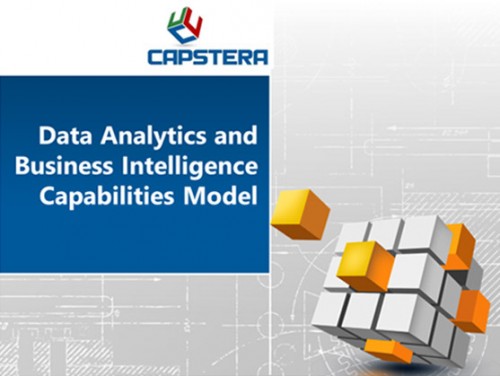
Data Analytics and Business Intelligence Capabilities Map

